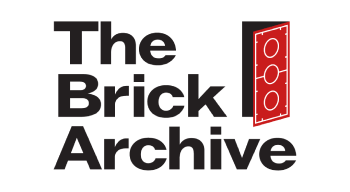If you found, in an article, a strange word that you don’t know, probably you’ll find its meaning here!
This list will keep growing.
- ABB
- Automatic Binding Bricks, the name of the first LEGO bricks (1949) before they were called “LEGO bricks”.
- Cross Support
- An internal support added to 2×4 bricks around 1980 to increase clutch power. It goes from the middle of one long side, to the middle to the other long side. See “A Note About Cross-Supports“.
- GKC
- Godtfred Kirk Christiansen, son of Ole (the founder of LEGO) and father of Kjeld (the current co-owner – with his children – of The LEGO Group.)
- Flowrib
- Inside of a brick, a thick centered “rib” beneath the top of the brick that goes from the middle of one short side to the middle of the other short side.
- Inner Rib
- Inside of a brick, a thin horizontal “rib” on the sides. Can be on all four sides, just on the long ones, just on the short ones and even double.
- (Inner) Tubes
- The tubes beneath the brick that make the connection with other bricks more stable. Introduced by GKC in 1958.
- Pat. Pend.
- “Patent Pending”. It used to be written inside of the bricks. Sometimes it’s been scratched from the mold (and so, in the bricks made with that mold.)
- PIP
- “Plastic Injection Point”, the point where the plastic is injected in the mold to create the brick. During the years it’s had many different positions.
- Stud
- The small “button” on the top side of the bricks, used to connect the bricks together. It’s also used as a unit of measurement.
- Walls
- The “walls” of the brick, they can be thick or thin. Thin ones (mostly modern bricks) have vertical ridges to reach the same thickness of the thick ones in the points where it’s needed to fit the studs of another brick.
